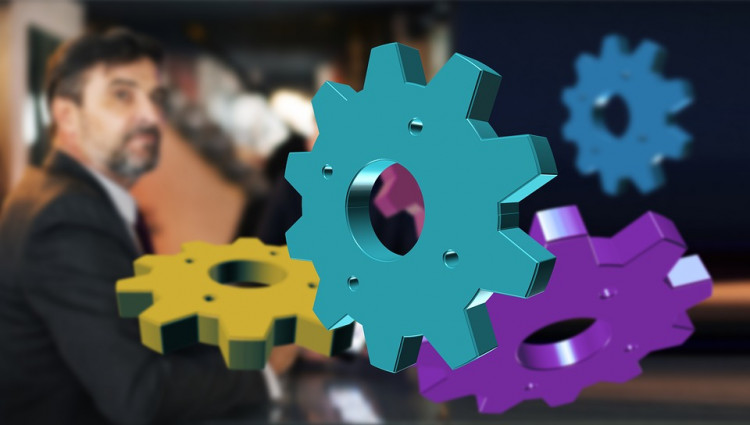Automation allows processes to run automatically without human intervention. This has made life easier for many and has spurred many great ideas. It has also helped companies produce goods more efficiently and quickly.
Automation is used in many different industries. These include manufacturing, transportation, shipping, packaging, and agriculture. It is also used in customer service, finance, and healthcare.
Robotic process automation is one type of automation that a lot of companies currently depend on. It is used in many applications and can involve real robotic systems or simply computers. In this article, you will find out what RPA is all about and why numerous enterprises depend on it for a lot of their work.
What Is Robotic Process Automation (RPA)?
RPA, or robotic process automation, is a type of automation that uses software that commands robots to perform tasks that are used to be done by humans. As mentioned earlier, there are a number of industries that depend on this and other types of automation. The types of tasks that RPA technology can easily handle are those that are repetitive, structured, and rules-based.
Why RPA?
The main purpose of robotic process automation is to have robots perform the tasks that people used to do. Automated systems help companies streamline processes and reduce costs. These also help reduce the possibility of errors in the execution of specific tasks.
Another reason why RPA is employed is cost-efficiency. Humans come with lots of requirements when they are hired to do a job. These include healthcare benefits, salary, and other benefits that are deemed appropriate for their role. Add to this the fact that humans only work a limited amount of time because they are susceptible to fatigue and burnout.
When automation is used, robots can function up to 24 hours a day. They also perform tasks with minimal supervision and do multiple tasks at a time. Most importantly, they are essentially cheaper than human employees.
Examples of RPA
RPA can be used in many different industries and in a huge variety of ways. To show you just how diverse a spectrum of jobs robotic process automation can do, here are some examples:
Help Desk – When you need help with a product that is not working as well as it should, one thing you can do is to call the manufacturer’s help desk. Doing this usually puts you in touch with an automated system that will give you instructions on how to troubleshoot the product. The exchange usually relies on you pressing different numbers on your phone.
Claims Lodgement – Filing insurance claims will also put you in touch with an RPA system that tells you off-the-bat whether your situation qualifies you for compensation or not. The information you provide will help the system determine if you have a case or not.
Project Management – RPA can also be used for project management but as a supporting tool to get things done quickly and efficiently. Combined with some best practices, however, it can be used to its full potential. Some of the ways RPA can be used in project management include scheduling, procurement, and expense management.
Weather Forecasting – Some people find it surprising that the weather can be predicted using RPA. What they may not realize is that the use of this technology in weather forecasting is ideal. This is because RPA systems can use existing data about past weather disturbances and compare these with current weather conditions to predict what may happen.
RPA Implementation Methodology

When a company decides to use RPA for any of its processes, there are steps that need to be followed. These are the following:
Planning – This is where companies determine where they will benefit from using automation and which processes need not be automated. The planning stage also includes how the integration of RPA into the workflow will be implemented and the associated timeline.
Implementation – Once the plans are set, people tasked to get the RPA on track will begin to get it done. This will include the acquisition of the tools and equipment needed for the system. Computers, robots, motion controls, and other items needed for implementation are purchased at this point.
Testing – Before the RPA can be launched, testing is needed to ensure that everything operates without a hitch. This will help eliminate any errors that were made in implementation before the system is launched.
RPA is proof that robots are here to stay. So why not use them to drive growth and innovation?


















Leave a Reply